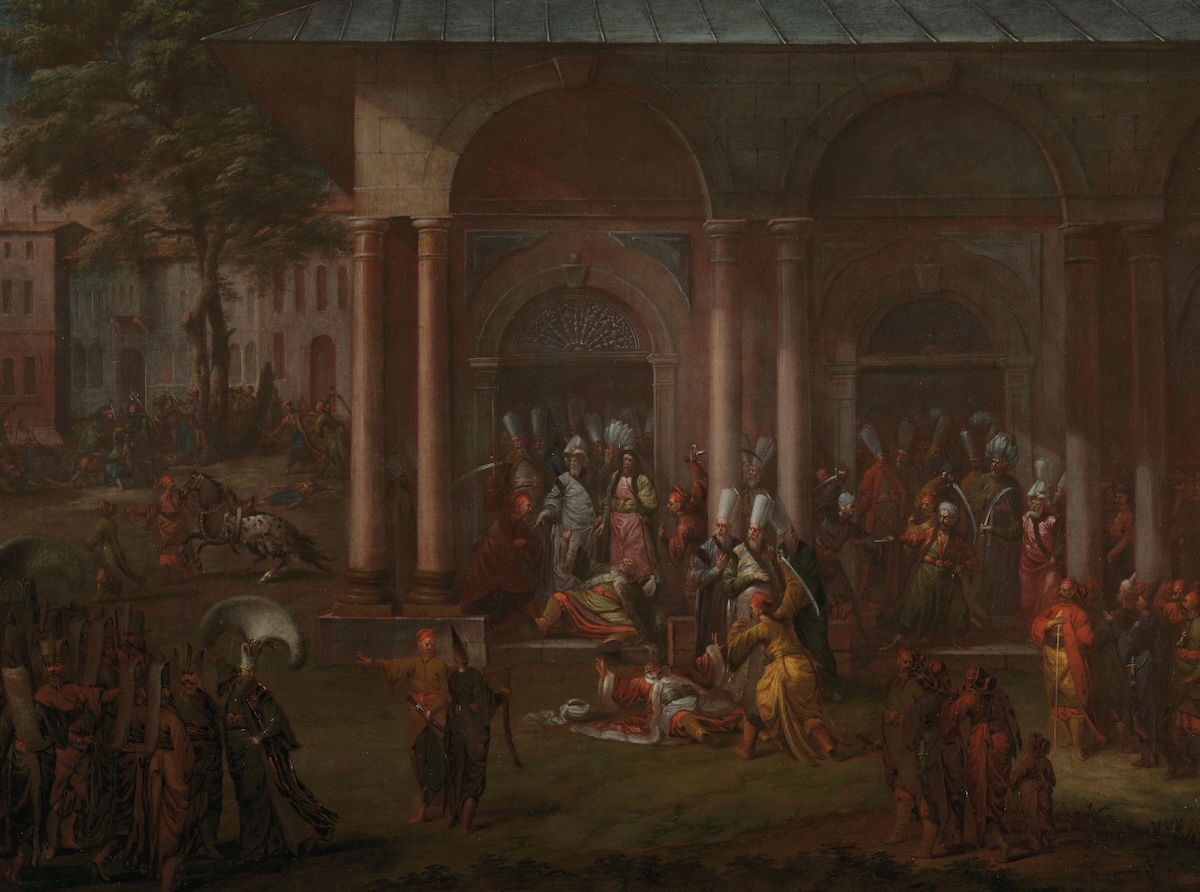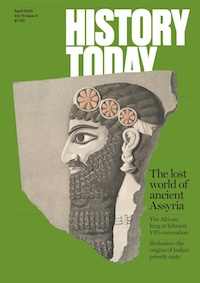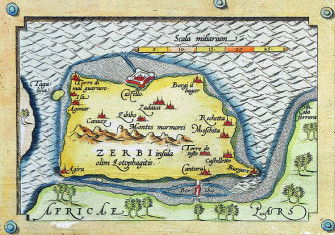
Heads Will Roll: Murder and the Ottoman Succession
Getting and keeping the throne in the Ottoman Empire was no easy task. For a new sultan, the most foolproof method of securing power was to kill all other claimants.
A bey or chieftain of one of the numerous Central Asian nomadic tribes died in 1280, leaving his son, Osman, to take his place. Osman – known as Osman Gazi, meaning great warrior – would go on to found a dynasty known as the Ottomans (from the Turkish Osmanlı, literally ‘of Osman’) and an empire spanning Europe, Asia and North Africa. But the ruling dynasty of the Ottoman Empire is rare in that the House of Osman managed to maintain an unbroken line of succession from its founding in the 13th century through to the family members who are still alive today.
The Ottoman foundation myth alleges that Osman I had a dream in which he saw a tree grow from his navel to cast a wide shadow across the world. Anyone living within this shadow lived prosperously. This story provided the Ottomans with an explanation for the success of their expansion – and also suggested that they were chosen and favoured by Allah. Yet maintaining a smooth transition of power within the family across hundreds of years was not easy; the system of succession in the Ottoman Empire was a deadly one.







